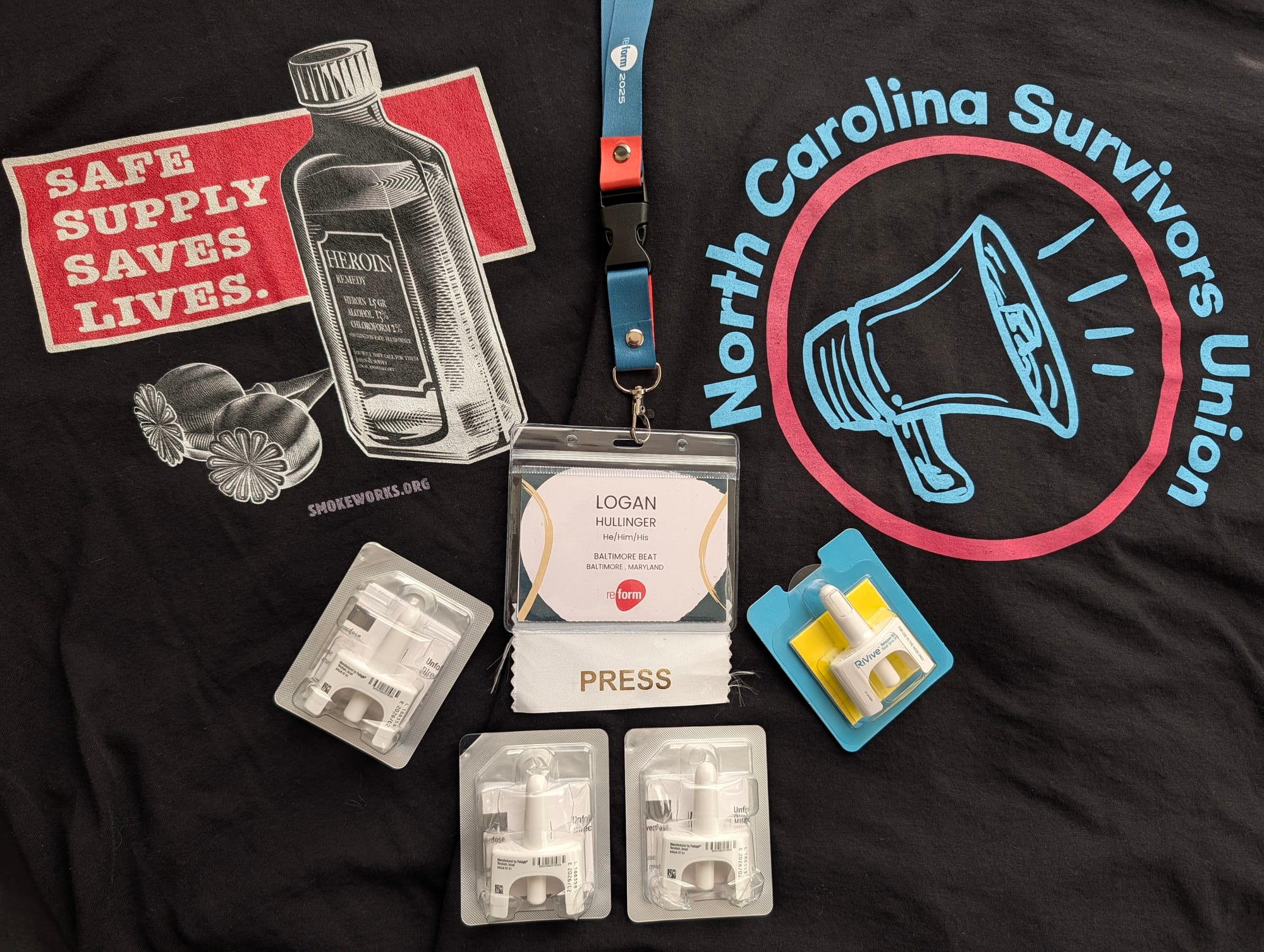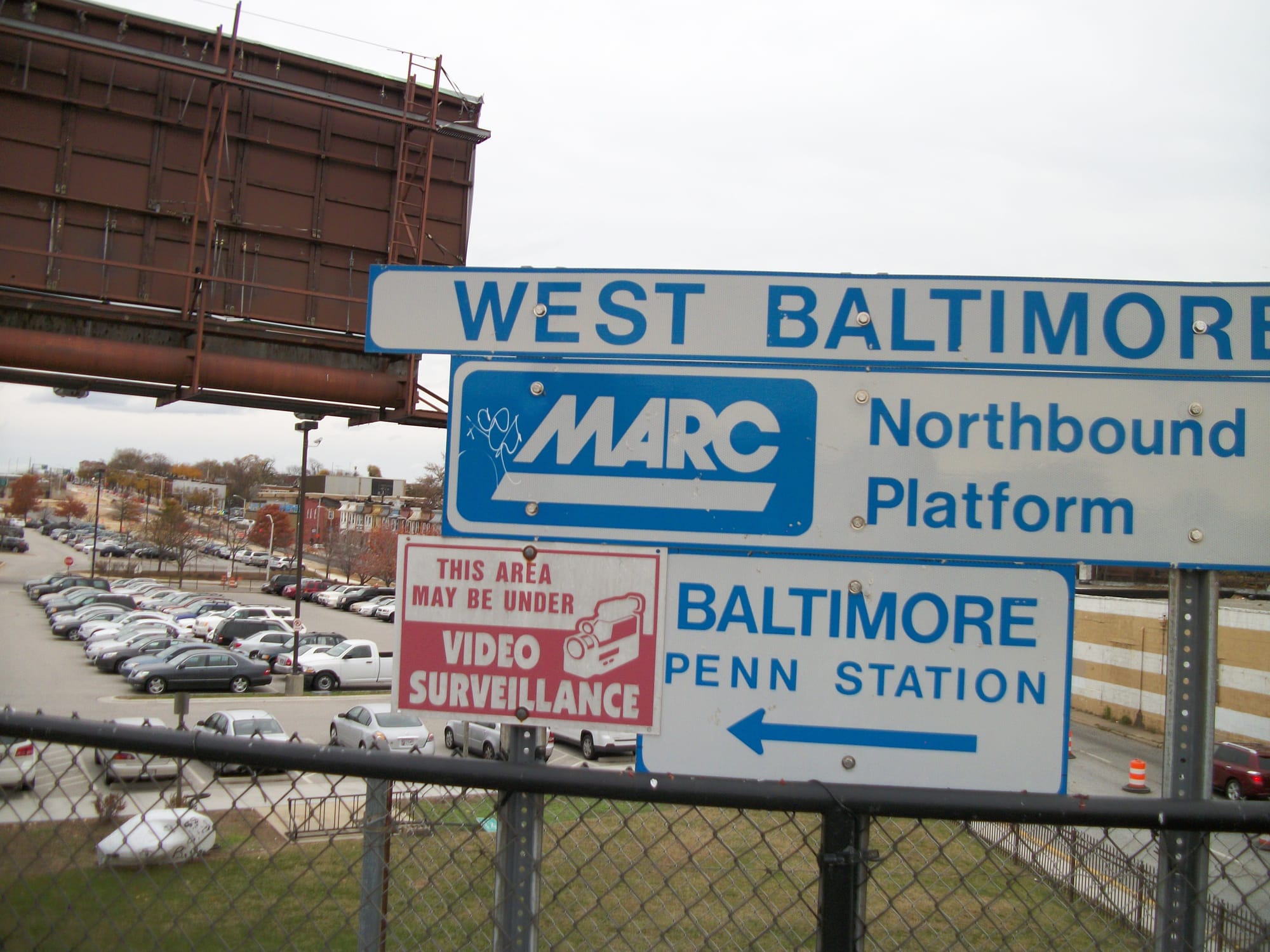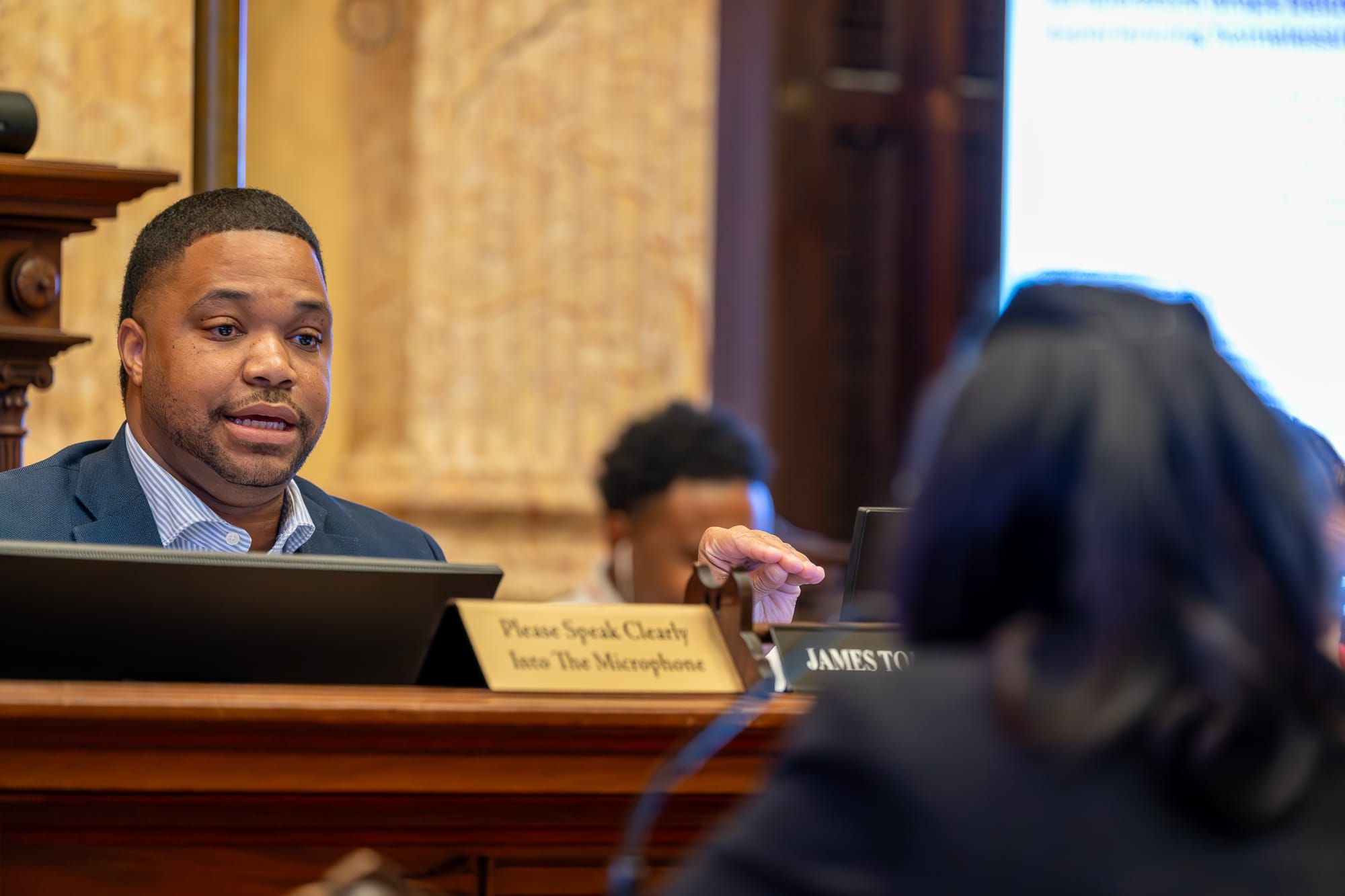
The city of Baltimore has opted to take a court deal that will leave it with just a fraction of a huge opioid settlement it sought to combat its severe overdose crisis. While officials and local harm reductionists remain optimistic that the city can still make overdose-prevention progress with the reduced sum, many will see the decision as a disappointing end to a years-long legal battle, which the city hoped would fund an ambitious plan to save lives.
On August 14, the city accepted an offer from Baltimore City Circuit Court Judge Lawrence P. Fletcher-Hill in a landmark case that will leave it with $152 million in its lawsuit against opioid distributors McKesson and Cencora (formerly AmerisourceBergen), though appeals are still possible. The city had initially sought billions of dollars to fund a comprehensive abatement plan.
“This award still dwarfs the original amount the City would have received, had we not brought this separate litigation on behalf of our city,” Mayor Brandon Scott (D) said in a statement.
“This is also the only successful jury verdict and the only successful judgment against either of these companies.”
The mayor’s office did not respond to Filter’s questions about the deal’s potential impact on overdose prevention plans, but they will undoubtedly take a hit. The mayor instead focused on the smaller windfall the city did manage to secure.
“Generations of Baltimoreans have lost loved ones to substance use as a direct result of the opioids that Big Pharma pushed on our neighborhoods,” he said. “While no amount of money can ever undo that harm, this award will help us expand our recovery programs, prevent future overdose deaths, and finally break the cycle of substance abuse in Baltimore.”
The deal reached by Fletcher-Hill and the city came from a ruling on August 8, when the judge offered the city just $100 million of the $5.2 billion in abatement funds it had hoped for. He also reversed a $266 million jury verdict for “public nuisance” damages last year, leaving only $52 million of that on the table.
At issue, the judge said, was that the city failed to prove that the two opioid distributors were responsible for 97 percent of the opioid-related damages Baltimore had experienced, which was at the crux of its lawyers’ arguments in court.
Baltimore officials took the deal quickly; they had until August 22 to make a decision.
Candy Kerr, spokesperson for the Baltimore Harm Reduction Coalition, also took an optimistic tone after the city announced it had accepted the judge’s offer, asserting that adding “any substantial amount of money” to the city’s war chest was a “win.”
“I’m relieved for this to be the end of one chapter and the beginning of another,” Kerr told Filter.
“To be clear: There isn’t any amount of money that can give us back those we’ve lost, and without systemic change, no amount of money will end the racist War on Drugs. But this money, if put into the right hands, can bring significant changes to the communities most affected.”
The case, which began in 2018, has dragged on with multiple delays. It all stems from the city’s risky decision to pursue litigation independently rather than join statewide lawsuits,
The city put together a comprehensive abatement plan, based on billions in additional funding, that called for increasing investments in its harm reduction and treatment infrastructure—including implementing overdose prevention centers (OPC), something organizations such as the Baltimore Harm Reduction Coalition have demanded for years.
The city could reduce fatal overdoses by 50 percent under the plan, expert witnesses said, as well as tripling the number of people in treatment.
Lawyers for the city had argued that the plan was necessary because McKesson and Cencora recklessly peddled prescription opioids and misled the public about their addictive potential for years, which created an addiction and overdose crisis that Baltimore has struggled to deal with to this day.
Even though the city has recently seen record declines in overdose deaths, like elsewhere in the United States, it has still struggled with the highest fatal overdose rate of any major US city, with thousands dying in the past decade.
As that decline in deaths continues, the city has seemingly already scaled down its goals for redressing the overdose crisis compared to what was laid out in the abatement plan.
Earlier this in August, the mayor’s new Office of Overdose Response wrapped up a campaign that entailed going into the community to garner input on its draft strategic plan to address the overdose crisis, which has proven to be less ambitious than the abatement plan introduced in court.
The new plan aims to reduce fatal overdoses by just 40 percent by 2040, without explicitly calling for OPC but potentially allowing for their implementation.
Whatever the contents of the plan, the harsh truth is it will have significantly less money to fund it than was once anticipated.
When factoring in a handful of settlements with other opioid manufacturers and distributors reached in 2024, the city’s total earnings from opioid-related lawsuits have reached nearly $580 million.
That may seem like a game-changing sum, but that is to be placed into a trust and allocated over 15 years. For comparison, that’s less than the annual budget for the Baltimore Police Department. Attorneys' fees will also likely take a chunk out of the total.
Issues may also arise over whether the funds will be used for supplantation, which would entail using the funds to replace existing expenditures rather than for new programs. The practice could become more likely if President Donald Trump succeeds in slashing funding for local health departments. Nearly half of the Baltimore City Health Department’s funding comes from the federal government.
Concerns about supplantation already raised red flags among some Opioid Restitution Advisory Board members earlier in 2025, when the city used $3.3 million of the roughly $37 million in funds earmarked for the overdose crisis in the fiscal year budget to cover the costs of health department programs that had typically been bankrolled by general fund dollars.
Public health experts overwhelmingly oppose this practice, and the Johns Hopkins Bloomberg School of Public Health has also published guiding principles for restitution funds, stating that jurisdictions should "use the dollars to supplement rather than supplant existing funding."
Additional concerns surfaced over just how much power the advisory board has. Though the board was touted as an imperative part of a new chapter in the city’s response to the overdose crisis, decisions about how money is allocated are ultimately left up to the mayor.
Under the current fiscal year budget, nearly $20 million went directly to community organizations that provide harm reduction and addiction treatment services. Yet the vast majority of that grant money was for 22 organizations named in settlements reached with opioid manufacturers and distributors in 2024, leaving the advisory board with just $2 million to allocate at its discretion.
The remainder of the nearly $37 million would be allocated to city agencies—again without the input of board members.








Comments